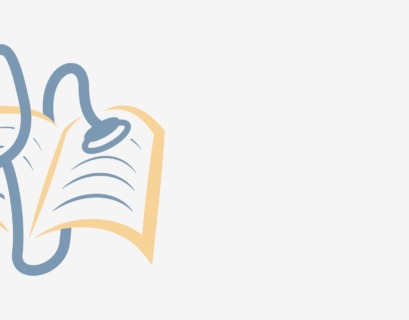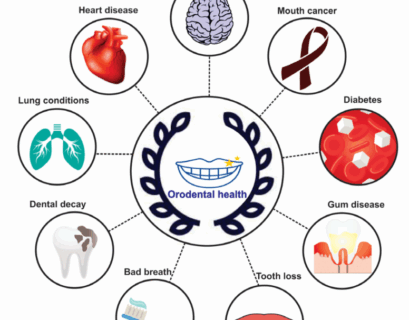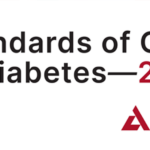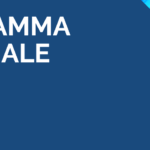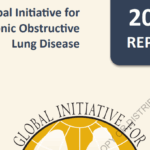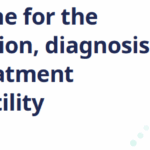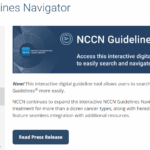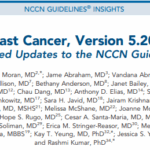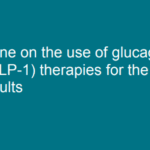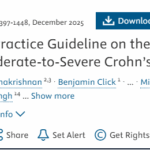Short-Term Anticoagulation versus Dual Antiplatelet Therapy for Preventing Device Thrombosis Following Left Atrial Appendage Closure: The ANDES Randomized Clinical Trial
Circulation, Ahead of Print. Background: The optimal antithrombotic treatment following transcatheter left atrial appendage closure (LAAC) remains to be determined. The objective of this trial was to compare anticoagulation and antiplatelet therapy for preventing device-related thrombosis (DRT) fol…
Malattie gengivali e carie collegate ad un aumento del rischio di ictus.
Notizie dalla RicercaLe persone affette sia da carie che da malattie gengivali potrebbero essere a maggior rischio di ictus ischemico, secondo uno studio...
Quality of Evidence in European Stroke Organisation and American Heart Association Stroke Guidelines
Stroke, Ahead of Print. BACKGROUND:Evidence-based practice relies on clinical guidelines, whose recommendations depend on the quality, relevance, and validity of supporting research. We evaluated the class/strength and level of evidence (LOE) or quality of evidence (QOE) supporting American Heart A…
Impaired Perfusion and Early Ischemic Stroke Recurrence in Symptomatic Intracranial Atherosclerosis: BIORISK ICAS Study
Stroke, Ahead of Print. BACKGROUND:Intracranial atherosclerosis (ICAS) is associated with an increased risk of early recurrent ischemic stroke. We evaluated whether biomarkers of impaired distal perfusion—specifically, anterior circulation borderzone infarct, and hypoperfusion mismatch volume—were …
Heart Stress and Blood Pressure Management in Older Adults: Post Hoc Analysis of the ASPREE Trial
Circulation, Volume 152, Issue 23, Page 1621-1633, December 9, 2025. BACKGROUND:Blood pressure (BP) management in older adults is complex because of age-related physiological changes and uncertainty around ideal systolic BP (SBP) targets. Heart stress (HS), defined by age-adjusted elevation in NT-p…
Distributed Precision Stroke Care: Artificial Intelligence-Driven Stroke Management Using Multimodal Sensor Data
Stroke, Ahead of Print. Delays in stroke diagnosis contribute to long-term disability. Many patients still face barriers to effective risk factor management, timely detection, and access to poststroke rehabilitation. The emergence of artificial intelligence–enabled, consumer-facing health technolog…
Targeting the CCL2/CCR2 Axis in HIV-1 Infection and Ischemic Stroke
Stroke, Ahead of Print. HIV-associated comorbidities, including cardiovascular and cerebrovascular events, are frequent diseases in people living with HIV. Notably, the prevalence of ischemic stroke is 3× higher in people living with HIV than in noninfected individuals, making it one of the most si…
Predictive Role of White Matter Hyperintensities in Poststroke Aphasia: A Systematic Review of Clinical Evidence
Stroke, Ahead of Print. BACKGROUND:White matter hyperintensities (WMHs), the neuroimaging markers of cerebral small vessel disease, have been associated with adverse neurological recovery after stroke. However, their role in poststroke aphasia, an acquired language disorder affecting approximately …
Proposal for the Ischemic Stroke Phenotyping System 2025: ISPS25
Stroke, Ahead of Print. Over the last 30 years, several classification systems have been proposed or used to aid in patients with subtyping ischemic stroke based on its likely etiology. Since these classification systems have been published, the field has gained more knowledge about newly reported …
Risk of Early Recurrent Stroke and Thrombotic Events After Reperfusion Therapy in Acute Ischemic Stroke: A Meta-Analysis
Stroke, Ahead of Print. BACKGROUND:Following an acute ischemic stroke, the risk of recurrent stroke is highest in the first 90 days. It is unclear whether this risk is altered by reperfusion therapy. In this meta-analysis, we aim to evaluate the risk of early recurrent stroke and other nonstroke th…
Applying Neuroeconomic Principles to Stroke Care: Bridging Evidence to Practice
Stroke, Ahead of Print. Over the past 10 years, stroke care has seen remarkable technological and pharmacological breakthroughs—ranging from advanced thrombectomy devices and streamlined thrombolytic therapies like tenecteplase to artificial intelligence-powered imaging and rehabilitation tools. Ye…
Natural History of Metameric Spinal Cord Arteriovenous Malformations
Stroke, Ahead of Print. BACKGROUND:Spinal arteriovenous metameric syndrome (SAMS) is a rare form of spinal cord arteriovenous malformations with a metameric distribution affecting the spinal cord and related structures derived from the same embryological segment. Its natural history and impact on c…
Acute Carotid Stenting for Tandem Lesions in Patients Randomized to Endovascular Treatment With or Without Thrombolysis: Results From the IRIS Individual Participant Data Meta-Analysis
Stroke, Ahead of Print. BACKGROUND:Equipoise persists whether patients with stroke with carotid tandem lesions undergoing endovascular treatment (EVT) should undergo acute carotid stenting, and whether intravenous thrombolysis (IVT) before EVT should influence this decision. We assessed functional …
Effect of Decompressive Craniectomy According to Location of Deep Intracerebral Hemorrhage: A SWITCH Trial Analysis
Stroke, Ahead of Print. BACKGROUND:Decompressive craniectomy (DC) seemed to reduce the risk of death or profound disability (modified Rankin Scale score, 5–6) after deep intracerebral hemorrhage (ICH) by an absolute 13% (95% CI, 0%–26%) in the SWITCH trial (Swiss Trial of Decompressive Craniectomy …
Revolution in Stroke Treatment Over 50 Years and Predicting Stroke Care in 2050
Stroke, Ahead of Print. This article describes the remarkable progress over the past 50 years in acute stroke therapy, stroke prevention, and, to a lesser extent, stroke recovery, and forecasts advances in stroke care for 2050. Stroke has gone from an untreatable and unpreventable disease to a dise…

